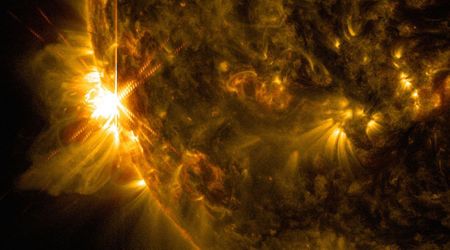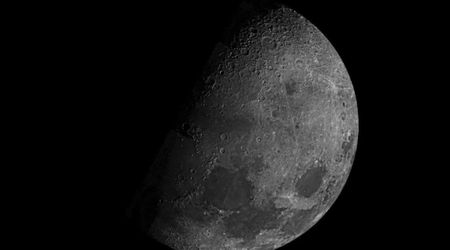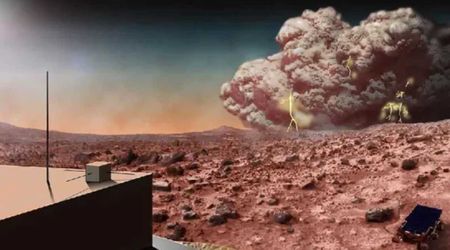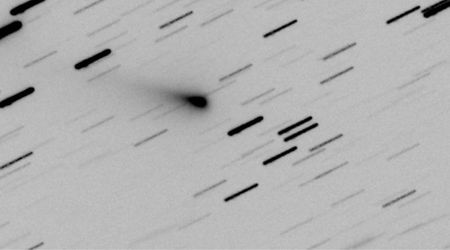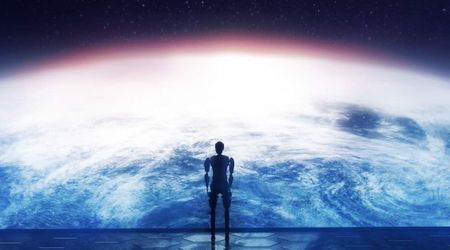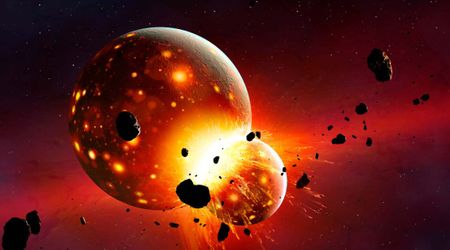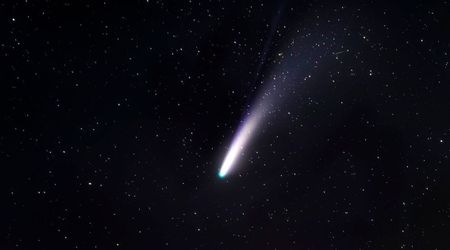Planetary Conjunction Explained

To many stargazers' delight, the night sky regularly presents us with a complex ballet of celestial bodies, each dancing to the rhythm of gravity and time. Among these movements, there is one that has captured the imagination of astronomers and laymen alike: planetary conjunctions. When two planets appear to align from our vantage point on Earth, we witness a spectacle of cosmic harmony that, while not rare, never ceases to amaze us. In the solar system, celestial bodies are constantly on the move, engaged in an intricate dance dictated by the laws of physics. Amidst this celestial ballet, certain stellar events stand out, captivating the attention of both professional astronomers and sky-gazing enthusiasts alike.
One such fascinating event is when a planet is in 'conjunction'. You may have come across this term in astronomy books or perhaps your astronomy application sent you a notification about it. After reading this article you'll know exactly what conjunction means and why it's a noteworthy event for every skywatching enthusiast.
Table of ContentsWhat happens during a planetary conjunction?
Typically, a conjunction is considered to occur when two celestial objects have the same right ascension or the same ecliptic longitude, as observed from Earth. Now, it's important to remember that space is three-dimensional, and these planets aren't actually close together in space - they just appear that way from our perspective.
The reason this happens is due to the orbits of the planets around the sun. Each planet moves in its own path, or orbit, and these orbits aren't all in perfect alignment. This means that, over time, the positions of planets relative to each other and to the Earth change.
When two planets are in the same region of the sky as viewed from Earth, astronomers say they are in conjunction. This is a key event for skywatchers because it's an opportunity to see two planets close together in the sky, often visible to the naked eye.

Why are planetary conjunction noteworthy events for stargazers?
For those who frequently gaze at the stars, planetary conjunctions are more than mere cosmic coincidences. Firstly, the visual grandeur of conjunctions is undeniably a key allure. The sight of two bright celestial bodies, like Venus or Jupiter, closely nestled in the night sky is a striking scene that commands attention. But the appeal of these events doesn't stop at the naked eye - they're also a goldmine for astrophotographers. The close-knit planetary alignment offers a rare opportunity to capture some truly unique and breathtaking compositions, adding an artistic dimension to the scientific wonder.
What makes these events even more appealing is their predictability. Despite their seemingly random occurrence, conjunctions can be anticipated well in advance. This reliability allows stargazers of all skill levels to plan their viewing sessions, making the beauty of our solar system a little bit more accessible to everyone.
That being said, not all conjunctions are considered equal. Some are rarer than others, like the much-anticipated 'Great Conjunction' of Jupiter and Saturn, which graces our skies approximately every 20 years. The rarity of such events stirs up significant excitement within the stargazing community and beyond.
Planetary conjunctions aren't just scientific phenomena - they're also deeply entrenched in our culture and history. Various civilizations have observed, recorded, and attributed significance to these events throughout the ages. This historical and cultural richness adds an extra layer of intrigue to these already captivating celestial events.

When is the next planetary conjunctions taking place?
If you have a stargazing app installed on your phone, chances are that it will send you a notification whenever a conjunction is soon to happen. Additionally, online newspapers, magazines and your favourite astronomy websites (like mine, wink wink) tend to cover those events so you should definitely come across some headlines on google news, discovery or wherever you keep up with space news.
That being said, here are the planetary conjunction dates for this year, in order of apparition:
- On January 22, 2023, at 11:36 PST, Venus and Saturn will be in conjunction, separated by 21'.
- On February 15, 2023, at 04:19 PST, Venus and Neptune will come into conjunction, with a separation of 47".
- Mercury and Saturn will align on March 2, 2023, at 01:35 PST, with a separation of 55'.
- Later that same day, on March 2, 2023, at 02:41 PST, Venus and Jupiter will be in conjunction, separated by 32'.
- Venus and Uranus will come into conjunction on March 30, 2023, at 23:13 PDT, with a separation of 1°17'.
- Mercury and Uranus will be in conjunction on June 3, 2023, at 21:34 PDT, with a separation of 2°54'.
- Finally, on July 26, 2023, at 05:45 PDT, Venus and Mercury will align, separated by 5°17'.
A word on inferior and superior conjunctions
In the celestial dance of the inner planets around the Sun, two key positions form what astronomers call inferior and superior conjunctions. Inferior conjunctions occur when a planet that orbits closer to the Sun than Earth does (like Mercury or Venus) aligns between the Earth and the Sun.
This alignment makes the planet appear to travel across the face of the Sun from our perspective on Earth. On the other hand, superior conjunctions happen when the Sun is directly between the Earth and an inner planet. During superior conjunctions, the planet is generally not visible from Earth because it is effectively behind it.
During inferior conjunctions, stargazers with specialized equipment (solar filters for example) can observe Venus or Mercury as small disks crossing the Sun, an event known as a transit, which is a fascinating spectacle to be able to see with your own eyes.

Frequently Asked Questions
Can planetary conjunctions be observed from any location on Earth?
Yes, planetary conjunctions can generally be observed from any location on Earth where the conjunct planets would be located high enough above the horizon during the night from the observer’s location.
How long do planetary conjunctions last for?
It depends on the planets involved really. They can last several days or even a week, depending on the specifics of the conjunction. For example, in the case of the “Great Conjunction” of Jupiter and Saturn, the two planets were visibly close together in the sky for several weeks around the date of the conjunction.
Are there any myths or legends associated with planetary conjunctions?
The motions of the planets and the stars in the sky have definitely had an influence on mankind throughout history. No doubt about it.
For example, it’s believed that the Star of Bethlehem, as described in the Christian Bible, may have been a particularly bright planetary conjunction.
Can a planetary conjunctions happen between any two planets in the solar system?
Yes planetary oppositions can happen for any planets that has planets orbiting further away from them. From an observer on Venus, Earth can be at opposition. For an observer on Mars, Earth can not be at opposition but Jupiter can. And so on.
What do planetary conjunctions mean in astology?
For astrologers, planetary conjunctions are a significant event: The planets involved and their positions in the zodiac at the time of the conjunction are thought to influence events on Earth and personal horoscopes.
